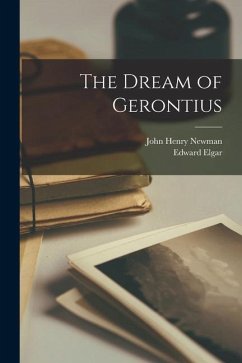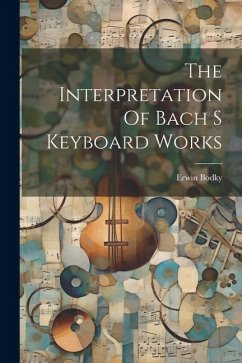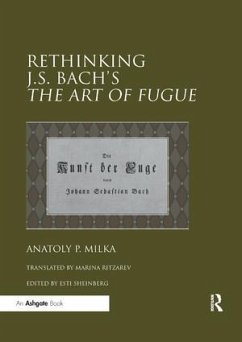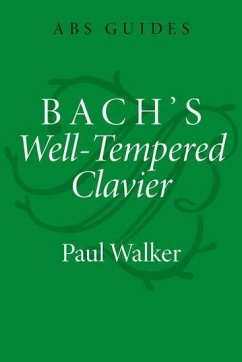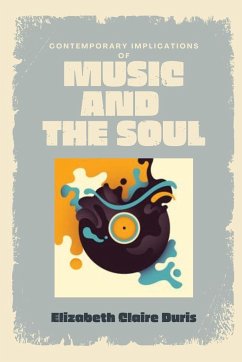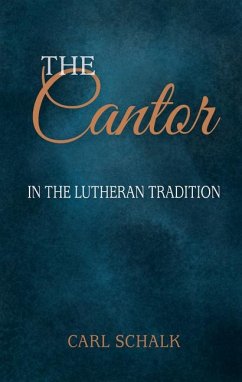
The Tempo Implications of Bach's Notation
Part 3-The Sacred Music
Versandkostenfrei!
Versandfertig in über 4 Wochen
19,99 €
inkl. MwSt.
Weitere Ausgaben:

PAYBACK Punkte
10 °P sammeln!
This research into the tempos of Bach's dance music answers the age-old question, "How fast should this piece be?" Because Bach's tempo often differs from current performance practice, this research transforms our understanding of his music. Bach's sacred music makes up more than three-fourths of his extant work. It includes the Magnificat; passions according to Saints Matthew and John; oratorios for Christmas, Easter, and Ascension; the Mass in B Minor and four short masses; five independent settings of the Sanctus; six motets; and 212 cantatas. Over 2,000 movements survive, including chorale...
This research into the tempos of Bach's dance music answers the age-old question, "How fast should this piece be?" Because Bach's tempo often differs from current performance practice, this research transforms our understanding of his music. Bach's sacred music makes up more than three-fourths of his extant work. It includes the Magnificat; passions according to Saints Matthew and John; oratorios for Christmas, Easter, and Ascension; the Mass in B Minor and four short masses; five independent settings of the Sanctus; six motets; and 212 cantatas. Over 2,000 movements survive, including chorales, recitatives, and accompanied movements for from one to five voices. Bach frequently designates the vocal forces required by words such as "Aria," "Duetto," "Terzetto," and "Chorus," words that clearly have no effect on tempo. The author's previously-published book The Proportional Method is sufficient to determine tempo for such movements. However, the designations "Chorale" and "Recitative" do convey information regarding tempo. In this volume, the author presents evidence that, contrary to current performance practice, Bach's "Recitatives" are performed to a steady beat. He also demonstrates how to use the proportional method to determine the tempos for all of Bach's chorales and recitatives. After perusing this book, the musician will be able to determine Bach's intended tempo for any Bach sacred movement. He needs only to identify the designation, time signature, tactus speed, and shortest note value. By establishing Bach's intended tempos, the musician will also discover Bach's intended musical effects. This book is for classical musicians, musicologists, church choral directors, church historians, music students, and anyone who appreciates Bach's music. Thoroughly researched and meticulously documented, it includes 35 musical examples and dozens of figures and tables. It includes a bibliography, and it also includes an index of cited Bach works, sorted by BWV number. This research is presented so that an amateur musician will be able to follow the arguments.



